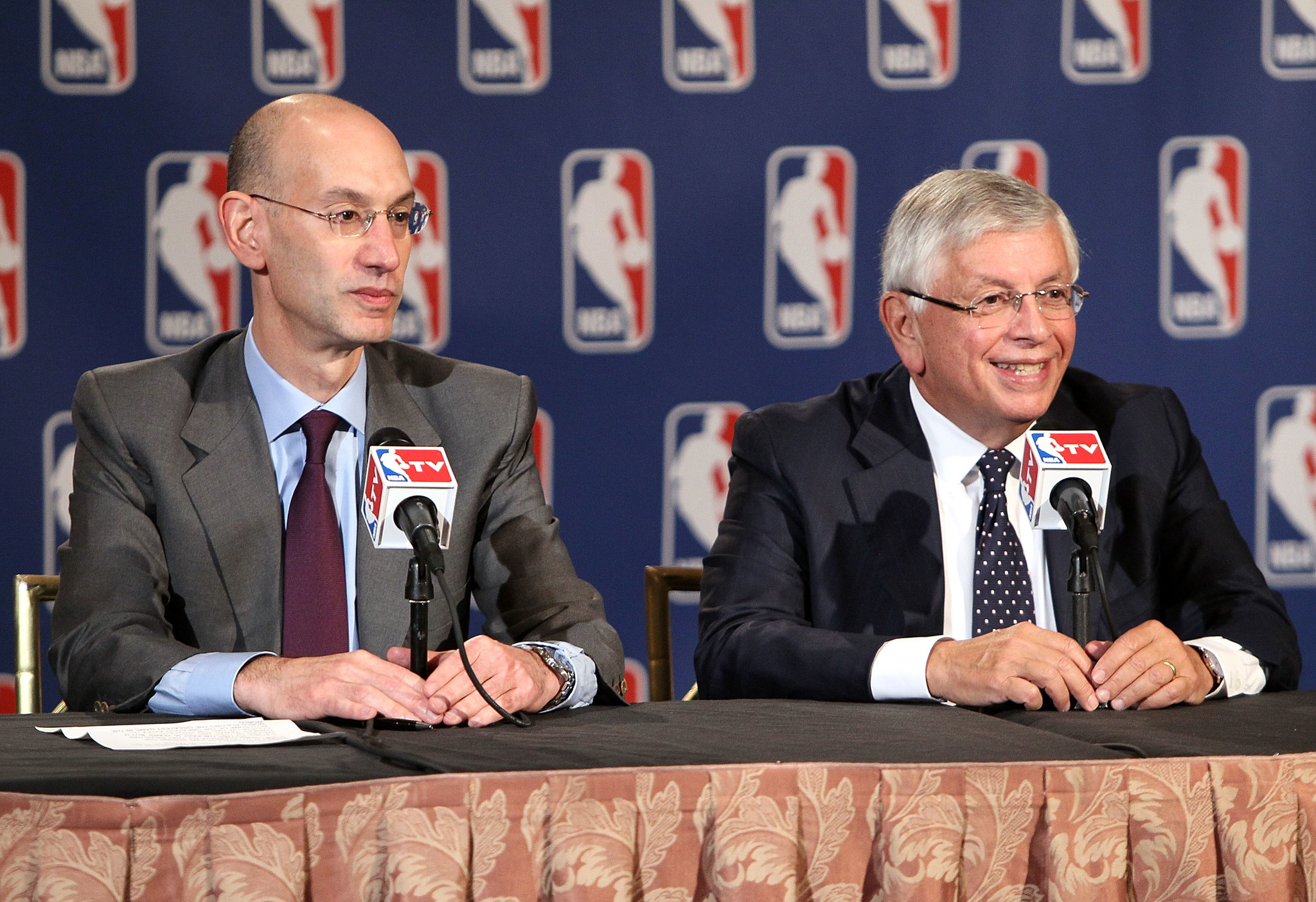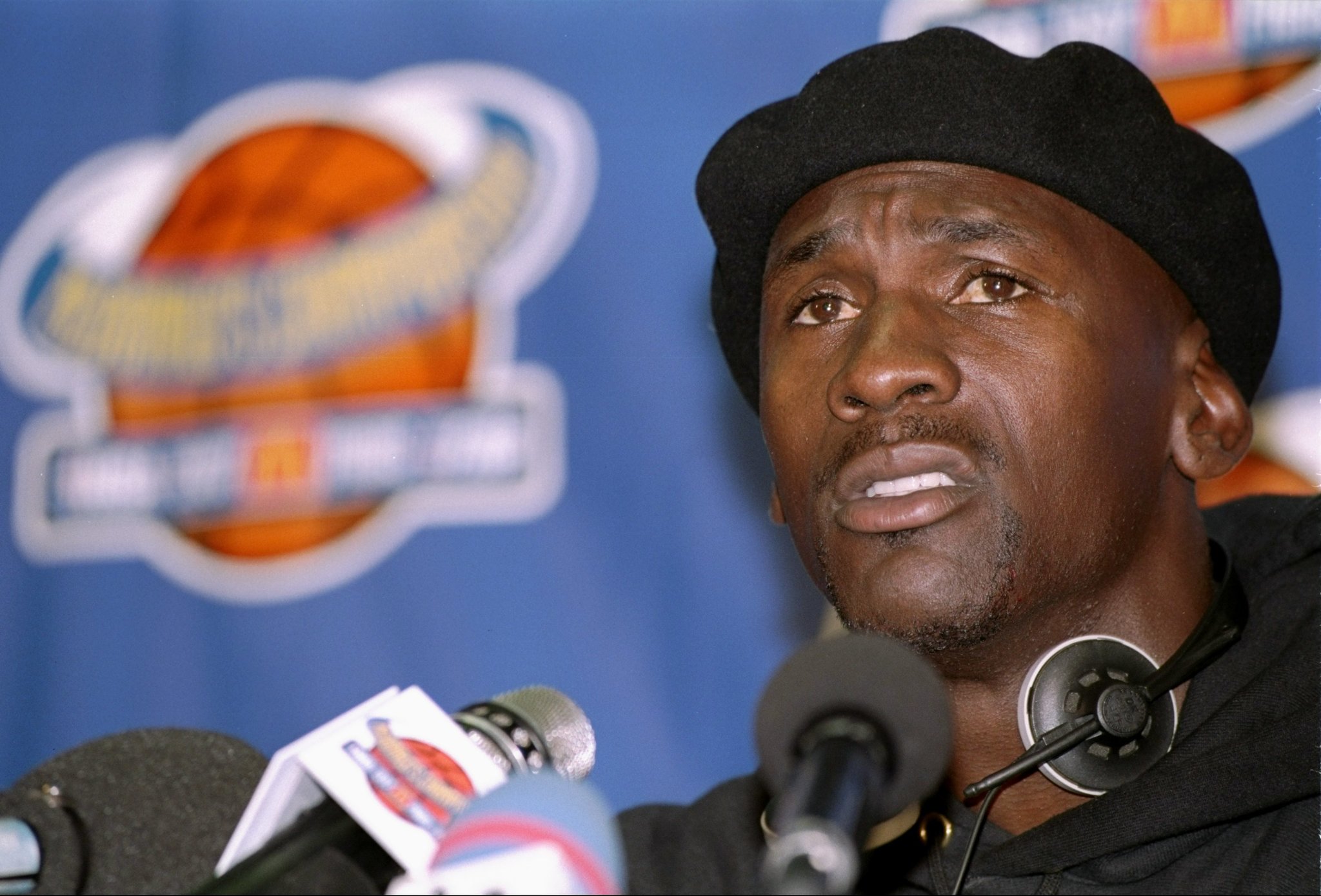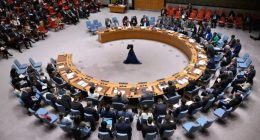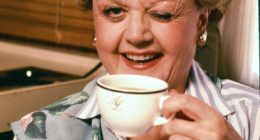With the trophy in the hands of LeBron James, the popular verdict was unanimous: the In-Season Tournament was a success.
Pending official audience figures for the quarter-finals, semi-finals and final, the more than two million viewers for the decisive Golden State Warriors-Sacramento Kings game is an approximate 93 percent increase in viewership (according to the NBA) compared to a game of similar stature played at a similar time a year ago.
The first night of the NBA Cup averaged 1.7 million viewers, 35% more than any Friday in November 2022. During this month, ESPN and TNT, the two major national networks that host the NBA in the United States, recorded 26% increases in viewership for NBA games played in November; and local broadcasters did so by 20%.
In hindsight, it is easy to forget the culture shock of the introduction of the In-Season Tournament into American sport. But that is precisely why it is worth looking back to find the seeds of an invention that has become a resounding success and seems to be here to stay.
Adam Silver, NBA commissioner, inherited the position from the legendary David Stern in February 2014. That October, the commissioner was already talking about the idea of introducing a mid-season tournament.
“The league officials and I have been looking at the European football model, the Champions League and other types of in-season cups and tournaments for some time. Right now it’s all about getting the Larry O’Brien, but there may be opportunities to bring in another type of trophy,” he said at the time.
That opportunity, as on so many other occasions, arose from a crisis. The financial disaster that the coronavirus meant for the world economy, and sports competitions in particular, pushed the NBA to come up with not only a plan to end its championship in the best possible way (the Orlando bubble), but also a kind of extension that would alleviate the feeling of injustice for not being able to complete the entire season.
Some argue that the play-in was just a ploy to give Zion Williamson, then the future face of the league, a chance to rejoin the playoff race. Three seasons later, this appendix that gives life to two more teams per conference has proven to be a spur in the fight against tanking, that practice of letting go to fish for talent via the draft.
The foundation stone of the NBA Cup
The birth of play-in demonstrates to the naturally conservative US market that the regulatory structure of its championships can be altered without losing its essence. In fact, the changes seek precisely to enhance that essence. And, with the floodgates now open, Silver wasted no time in making one public appearance after another winking at what was eventually announced on July 9 as the In-Season Tournament.
However, this is not just a product of the ideas with which the current commissioner came to office, but could well be taken as yet another peak of the league’s globalisation. Basketball’s diaspora spreads outside the United States, its birthplace in 1891, already in its early years. Born in the Springfield YMCA (Young Men’s Christian Association), the international character of the organisation soon took the new-born sport to Mexico (1892), Paris (1893), India, China (1894)… And so on until it touched all five continents by the middle of the first decade of the 20th century.
The NBA, which was born in 1949, grew up on the fringes of all the basketball happening outside its borders. Despite the fact that George Mikan, its first great star, was of Croatian descent. The usual dichotomies of the ‘Yankee’ population. The Olympic, Pan American and World Games were not attended by professionals, but by players in their formative stages who dominated with an iron fist until 1972, the date of the first American defeat in an official match at the hands of the Soviet Union at the Munich Olympics.
From the revenge of that defeat and the national debate over who should represent the US team comes a new lawyer in the NBA office. David Stern was already an indispensable part of Larry O’Brien‘s team before he became the man who would change everything. The ’92 Dream Team was not only the first realisation of his obsession to take the league across the seas. It was also to secure the NBA’s position as the governing body of world basketball by breaking with the power of a FIBA that was running out of arguments to continue defending its supposed amateurism.
A round trip
The competition then embarks on an expansion that in principle is, above all, from the inside out. Foreigners began to water the league, but not at the pace at which the NBA began to position itself in international markets with Michael Jordan as the master key. But, like any colonisation movement, bringing one’s own customs to other places becomes a round trip. It is no coincidence that London, Paris and Berlin are three of the most multicultural cities in Europe a hundred years after England, France and Germany became major imperialist powers.
In the language of basketball, it means that landing the product on unsuspected frontiers has a rebound effect in the form of a foreignisation of the league. Today, more than a quarter of NBA players are from outside the United States. A total of 125 players from 40 different countries is a new record that threatens to be broken almost every year. The league has not had a local MVP for five years since James Harden won it in 2018.
It is therefore not surprising that, for the first time in the history of the American major leagues, the structure of the competition has decided to ‘Europeanise’. European sport often speaks in terms of a rapprochement with the ‘Yankee’ model. But the globalisation that the NBA has been boasting about for three decades now means that the influence goes both ways.
Eugenio Munoz, an in-house writer who attended last January’s Bulls-Pistons game in Paris, witnessed the rumours already brewing about the NBA Cup entry for the new season.
Read More: World News | Entertainment News | Celeb News
Marca











